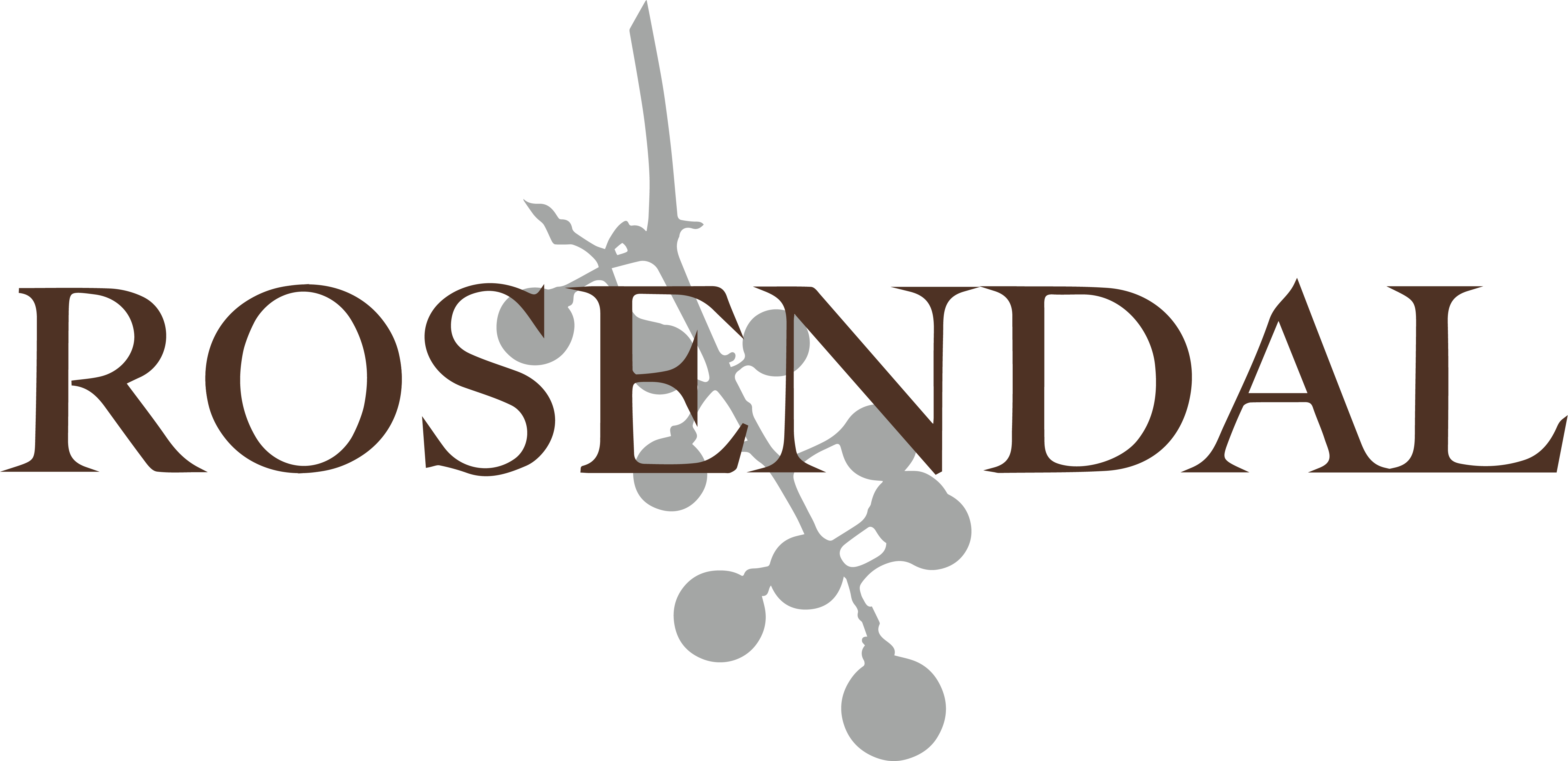
June 10 marks International Rosé Day and that got us wondering about the origin and making of rosé wines and how it became such a popular wine.
Did you know that most of the earlier red wines had a similar appearance to that of rosé? Winemaking techniques have changed over the years and winemakers now produce more tannic red wines due to extended maceration and harder pressing. These type of techniques were not practised in ancient times as both red and white grapes were pressed soon after harvest with very little time spent on the lees, due to the manual pressing with feet, hands and cloth. As time went by more methods were used for pressing grapes but the Romans and Greeks still preferred the lighter and fruitier wines.
There are a number of ways in which rosés are produced in more modern times ranging from saignée (bleeding of wine), vin gris (immediate pressing of red grapes) and decolorisation (using charcoal to absorb the colour from red wine). The nose and palate of rosé is influenced by the grape variety and the vinification method used.
Rosendal Pinotage Rosé has a beautiful colour of shimmering pink coral with a bouquet of crushed raspberries, sweet candy floss and ripe strawberries that develop into a white peach and sour cherry flavour on the palate. The vinification process started with hand picking the Pinotage grapes, destemming it in the cellar and lightly crushing before receiving about 4 hours contact on the lees resulting in the soft pink colour. The juice was then drawn off the skins and pumped into stainless steel tanks where yeast was added and the 10-day fermentation process proceeded before bottling.
A total of 6 600 bottles were made and we recommend pairing the wine with a sushi or salad niçoise starter. Have you tried our Pinotage Rosé?
Did you know that most of the earlier red wines had a similar appearance to that of rosé? Winemaking techniques have changed over the years and winemakers now produce more tannic red wines due to extended maceration and harder pressing. These type of techniques were not practised in ancient times as both red and white grapes were pressed soon after harvest with very little time spent on the lees, due to the manual pressing with feet, hands and cloth. As time went by more methods were used for pressing grapes but the Romans and Greeks still preferred the lighter and fruitier wines.
There are a number of ways in which rosés are produced in more modern times ranging from saignée (bleeding of wine), vin gris (immediate pressing of red grapes) and decolorisation (using charcoal to absorb the colour from red wine). The nose and palate of rosé is influenced by the grape variety and the vinification method used.
Rosendal Pinotage Rosé has a beautiful colour of shimmering pink coral with a bouquet of crushed raspberries, sweet candy floss and ripe strawberries that develop into a white peach and sour cherry flavour on the palate. The vinification process started with hand picking the Pinotage grapes, destemming it in the cellar and lightly crushing before receiving about 4 hours contact on the lees resulting in the soft pink colour. The juice was then drawn off the skins and pumped into stainless steel tanks where yeast was added and the 10-day fermentation process proceeded before bottling.
A total of 6 600 bottles were made and we recommend pairing the wine with a sushi or salad niçoise starter. Have you tried our Pinotage Rosé?

